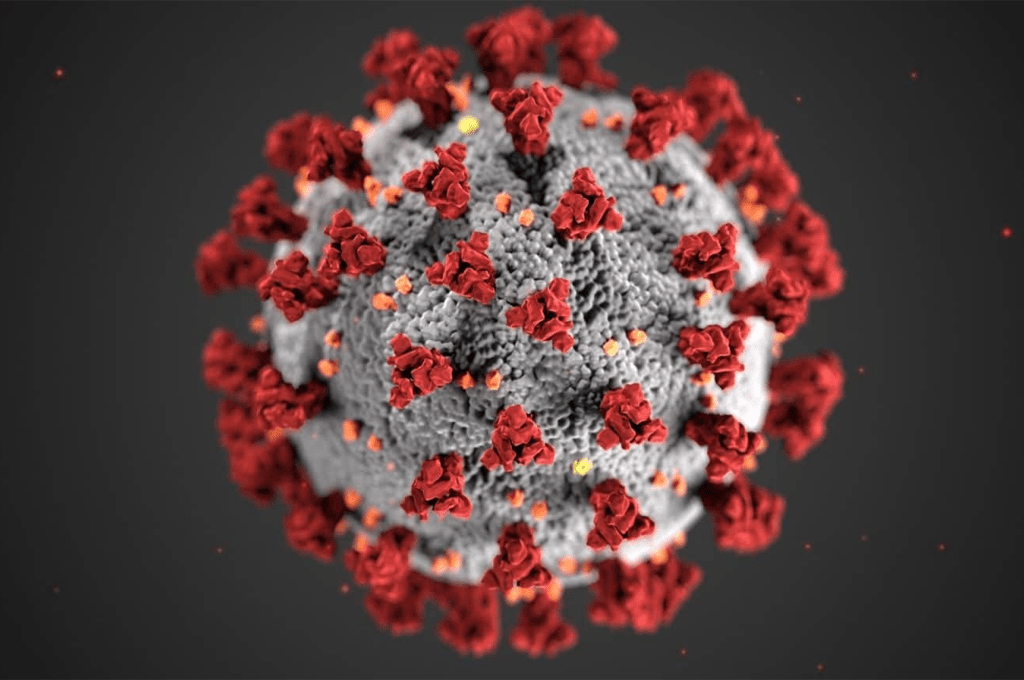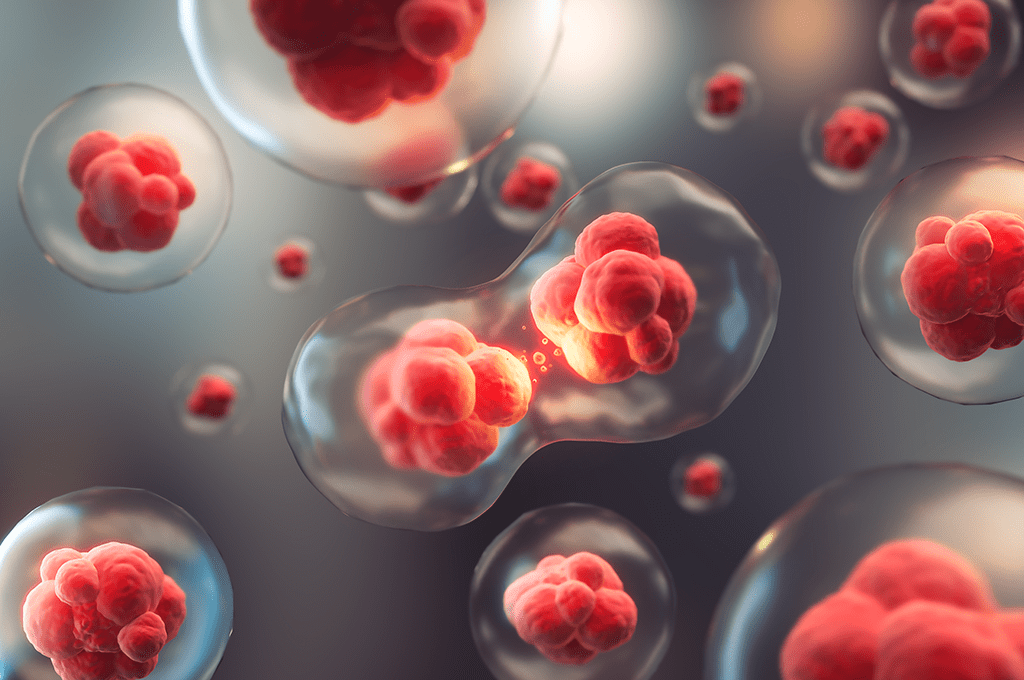Novel method for studying bioavailability – a potential shortcut in drug development
A paper published in Proceedings of the National Academy of Sciences (PNAS) reveals a method for quantifying the intracellular bioavailability of drug molecules and thereby predict the drug’s access to intracellular targets as well as the resulting pharmacological effect. Knowledge of the amount of drug that is available to bind targets inside cells provides a powerful tool for compound selection in early drug discovery.
The study determined the intracellular bioavailability, i.e. what portion of added drug molecules that is free to interact with target molecules after entry into cells, in multiple assays and cell types representing targets from a number of therapeutic areas, including cancer, inflammation, and dementia. The new approach provides a rapid and small-scale way of predicting bioavailability, something that has been hard to achieve using previous methods.
“Finding out how a therapeutic drug affects the body means having to consider many different factors that can influence the cells’ internal environment. Our method may be a way of substantially facilitating this stage.” says Per Artursson (Uppsala University/SciLifeLab), who bears primary responsibility for this joint study with colleagues at the Chemical Biology and Genome Engineering platform at SciLifeLab as well as at GlaxoSmithKline in Stevenage, UK.
“It takes time to develop models for specific therapeutic areas, so our method may be especially useful in early stages of drug development. Major pharmaceutical drug companies have already shown great interest and the method is now being offered on the SciLifeLab Drug Discovery and Development platform,” Artursson continues.
The scientists are currently investigating whether the method can predict effects of drugs in the body as well. This is more complicated than a cell culture. Since taking blood samples is simple while sampling tissue is considerably more difficult, bioavailability is often predicted on the basis of drug concentrations in the blood – a fairly blunt instrument. The proportion of a drug entering the target cell may be either higher or lower than in the blood. The drug may, for example, bind to the cell’s fat molecules, break down or be transported out of the cell. These mechanisms reduce the available fraction of the drug inside the cell, i.e. its intracellular bioavailability. Retrospective correction factors must therefore often be introduced to allow for these mechanisms in the use of “pharmacokinetic models” to study a drug’s route of administration into the body.
“Our preliminary studies show that replacing the correction factors with a simple determination of local bioavailability in the cells seems to be possible. But more experiments are required before we know how applicable our principle is at tissue and organism level. Clearly, intracellular bioavailability is on the way to becoming an important early instrument in pharmaceutical drug research,” Artursson says.




